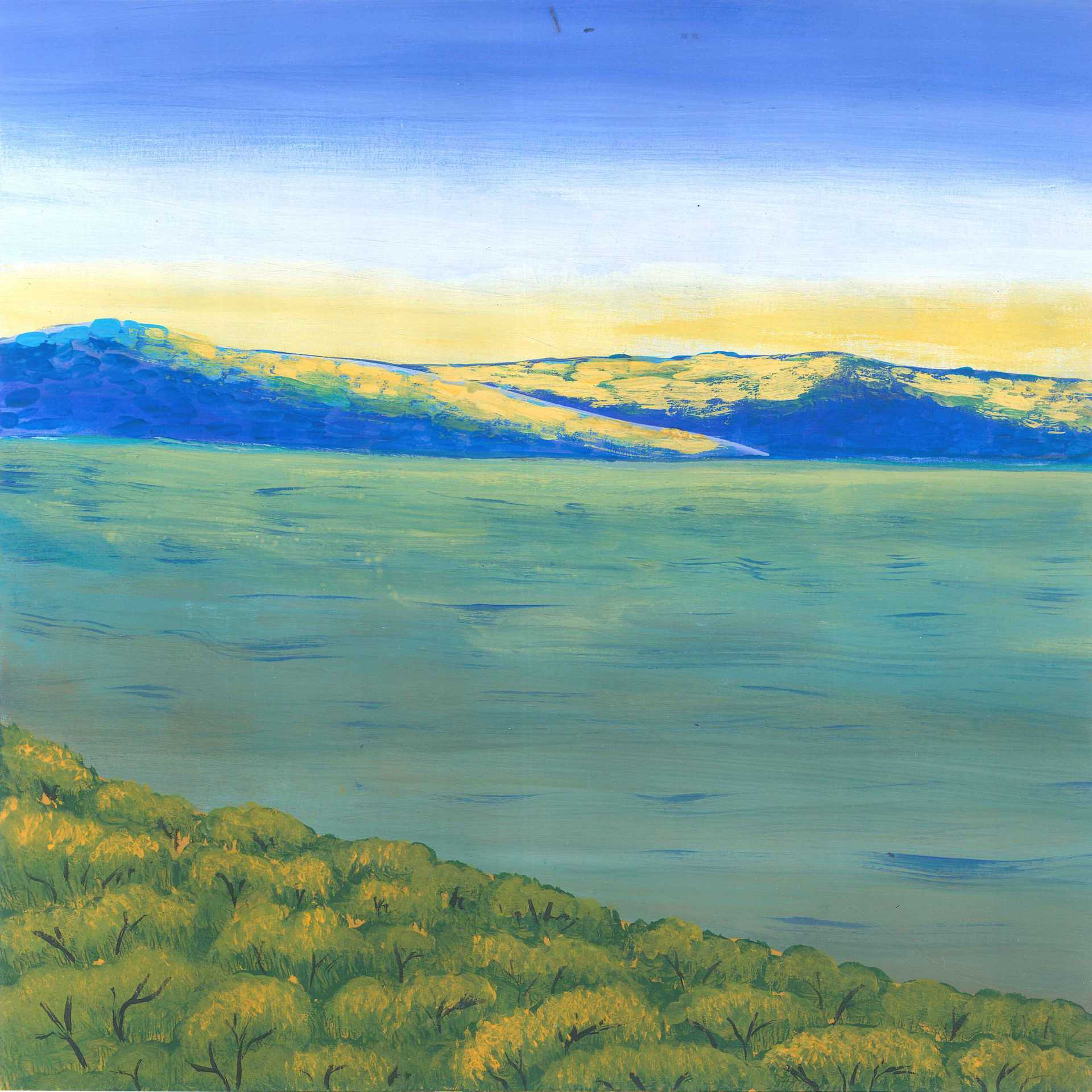
The Sounds of a Billabong in Australia’s Top End
Lush dawn chorus on the border of Kakadu and Arnhem Land.
The top end of Australia’s Northern Territory is a harsh and unforgiving landscape full of extremes. The monsoon season is intense and powerful. The dry season is hot and scorching. In between the two, there are four more variations of climate that the Yolŋu people of East Arnhem Land recognise.
September and October is Rarranhdharr, or the hot dry season. This is when floodplains run dry and permanent sources of water such as billabongs become very important for wildlife and people. The open eucalypt woodlands do not form a closed canopy and therefore cannot preserve humidity in the ground story. The Arnhem Land tropical savanna landscape becomes a dusty and windy expanse during this time, with the only pockets of life around the few remaining rivers and of course these billabongs.
Exploring this landscape on foot is an interesting experience. Away from sources of water, there is still some wildlife to be seen. Wallabies and lizards are spotted occasionally. Corellas, cockatoos and other parrots are common. Torresian crows and whistling kites can also be seen. They tend to keep fairly quiet (apart from the parrots, they quickly become noisy when disturbed). There are also populations of introduced and invasive wildlife that have become feral – water buffalo and brumby horses are immediately noticeable.
As you get closer to the billabong, the flocks of parrots and magpie geese become noisier. At dawn, this ecosystem explodes into birdsong for an hour or two until the heat becomes unbearable again. Kites circle above, while crows smaller songbirds call from the canopy. Darters, cormorants and other water birds contribute their raspy calls to the lush soundscape. The insect chorus weaves in and out of the soundscape. It’s a lovely oasis of chaos in the middle of a parched country.
